Plaster is the composition of lime, water, and sand. Sometimes gypsum is used instead of lime. It is used for coating walls, columns, beams, ceilings, etc.

Table of Contents
Why do we do Plastering?
- There are three primary purposes to apply plaster on any surface.
- It protects the surface from harmful safety and health hazards such as rain, wind, sun, snow, etc.
- Provide smooth texture on the surface.
- To create a decorative design on the external surface of the wall.
- To conceal defective and poor workmanship.
Types of Plaster
- Cement plaster
- Clay plaster
- Gypsum plaster
- Lime plaster
- Stucco plaster
1. Cement plaster
In this type of plaster, Cement works as a binding agent. Cement plaster is most commonly used throughout the world. The normal thickness of the cement plaster is 5 to 6 mm.
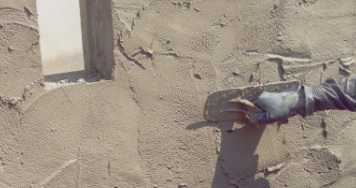
2. Clay plaster
Clay plaster is a mixture of clay and sand that makes a beautiful, environmentally friendly alternative to conventional plaster and paint.
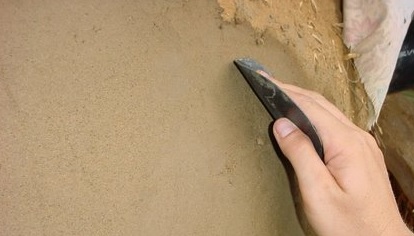
3. Gypsum plaster
In this type of plaster, gypsum powder is mixed with water to form a paste. This paste was applied to the walls for a smooth finish. Gypsum is an insulating material and works as fire-resistant and impact resistant.
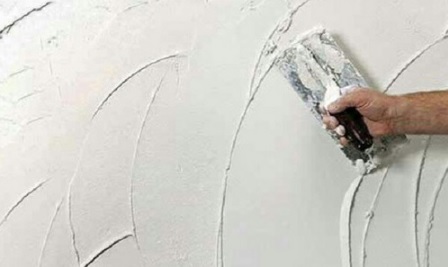
4. Lime plaster
In this type of plaster, lime is used as a binding agent. Lime plaster is a mixture of hydrated lime, sand, and water.
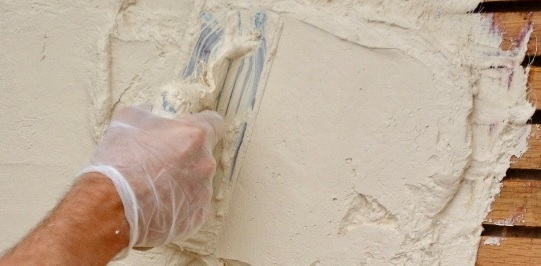
5. Stucco plaster
Stucco plaster is a decorative plaster. Cement is the binding material used in stucco plaster. It is made of Portland cement materials, sand, and water mixed together to form a plaster. It is applied in three different coats. It provides a unique look to the plastering surface.
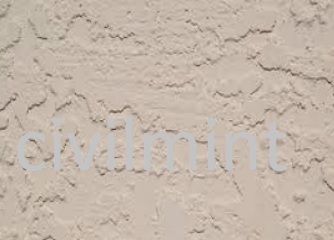
Frequently Asked Question
☑ What is the thickness of plastering??
The minimum thickness of plaster is 6 millimeters and it can vary to a maximum of 20 millimeters.
